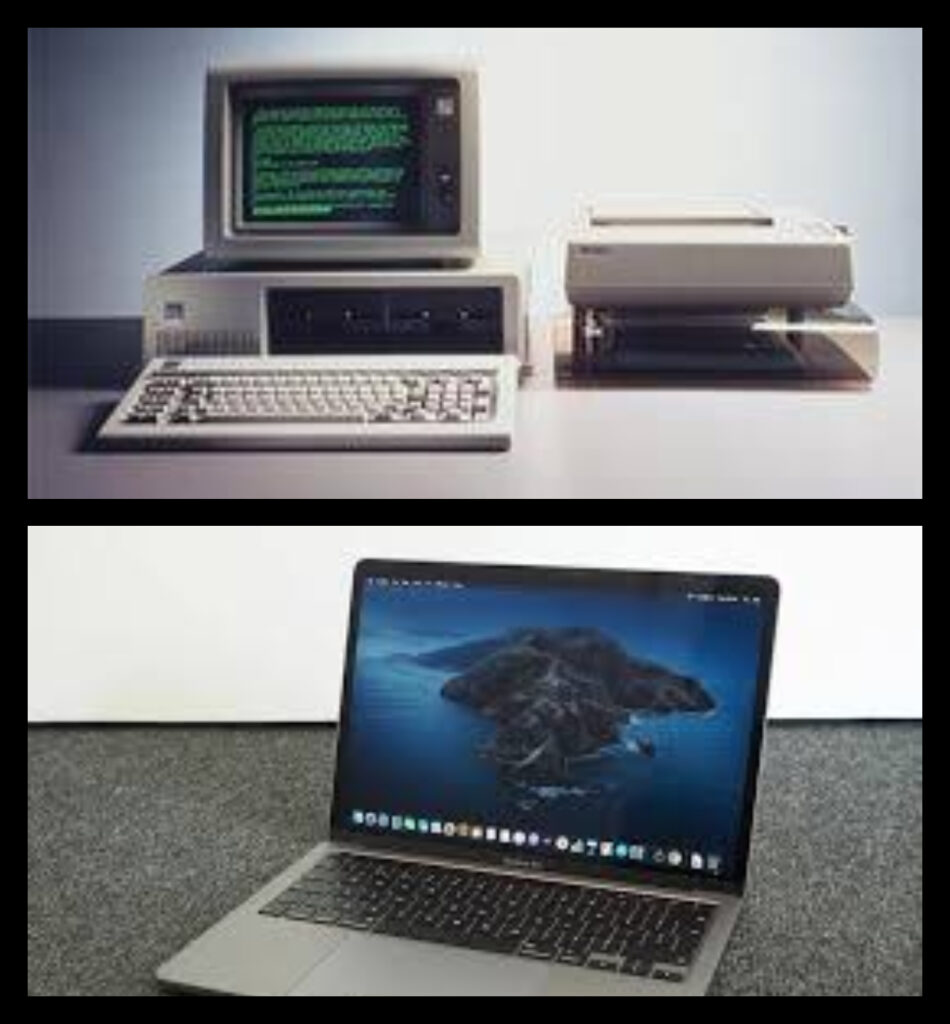In this age of innovation, ideas are in abundance and no longer take precedence over execution.
In the olden days, all you needed was a groundbreaking idea, people didn’t care much about performance or speed, or how the execution was. I mean take a look at the first computers, they were so bulky and uneasy to use or carry around, but they got the job done, that is all that mattered. Take another look at the first interface of Facebook and the earlier phone models. They didn’t provide the best experiences, but people were happy using those products because there were hardly any other alternatives.

But today, innovation has taken over, entrepreneurship is on the rise and new business models are springing up by the second. The world is rapidly changing and in this age, it would take more than just a fantastic idea to get your business, or product on the map. This is because there are now so many alternatives and options for people to choose from, and the most differentiating factor between them and your product is the experience the users get while interacting with them. As a matter of fact, nowadays functionality and features do not matter in comparison to user experience. And this is where user experience design comes in.
Now, you are probably wondering what user experience is. Well, User Experience popularly referred to as UX, is basically the way a person feels when interacting with or using a product or service. It involves everything that affects a human’s interaction with a product or service. It usually involves a combination of human psychology, critical thinking, and problem-solving among other disciplines. Or as Laura Ang put it, “UX is about the daily experiences of people. It is simply improving how people utilize products, systems, and services. It is, as most people say, the psychology of technology”.
What I am saying is that any product or service you love to use right now, be it tangible (for example microwaves or kettles) or digital (for example mobile applications), you probably love using it because it has a good user experience whether you realize it or not.
However, User Experience Design is the process of planning and carefully mapping out the interaction between the human users and a product or service, so that both the users are satisfied, and the business goals are achieved. ie so that the business remains profitable. Ux design takes user needs into account at every stage of the product lifecycle. And they do this through a series of scientific processes mostly involving research. Also, UX designers usually consider the how, what and how of a product.

Ux design ideally should form the foundation of any product or service. It should be the starting point, even before branding is considered. This is because it helps understand your primary users, what they need and how to best satisfy those needs. Most importantly it saves you from building the wrong product for the right audience.
Okay, I know what UX design is now, so why should I care?
- Providing a good user experience foundation for your product or service ensures that people use your products because they genuinely enjoy using them, not just because it gets the job done. Studies have shown that good user experience would cause people’s willingness to purchase to rise by up to 14%. They are also16.6% more likely to recommend the product to other users. This means that not only do you have people loyal to your business (customer retention), but it turns them into unpaid brand ambassadors for your business.
- It also helps to reduce development waste. Research has shown that companies who invest in Ux reduce development cycles by 33 to 50%. This is about one-fourth delay in the amount of time it takes to bring a product to the market. This means that UX saves you the cost of producing products first, then testing and refining. Proper UX design carried out first cuts down the cost by up to half.
- People are willing to pay up to 25% more for a reliable product or service. This is why people would rather pay 4x the amount on DHL for the same service that NIPOST delivers.
Overall, you have nothing to lose when you put user experience design first. As Professor Alan Dix put it, you can choose to spend $1 on initial research or spend $10 to change the design, or spend $100 to change something in development or production. This means that it always costs less, in the long run, to put user experience design first.
It is important to adapt to changing times now more than ever to create and sustain a thriving business. Let’s not forget that design that is good for people is good for business.


